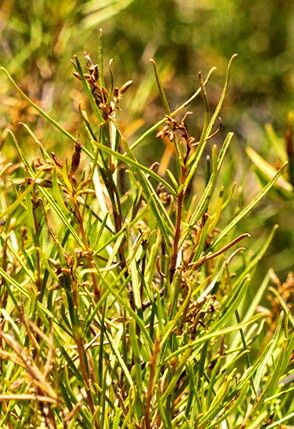Propagating Acanthostyles buniifolius: A Guide for the Determined Gardener
Acanthostyles buniifolius, while lacking a widely established common name, is a captivating plant prized by gardeners for its [insert key characteristics here, e.g., unique foliage, striking flower form, interesting growth habit]. Its [mention specific horticultural significance, e.g., drought tolerance, suitability for xeriscaping, use in specific garden designs] makes it a desirable addition to many gardens. However, its propagation presents unique challenges, making successful cultivation all the more rewarding.
Seed Germination:
Currently, there are no known reliable methods for seed germination propagation of Acanthostyles buniifolius. Further research is needed to determine if viable seeds can be obtained and if specific germination requirements, such as stratification or scarification, might improve success rates. The potential reward, however, is significant: seed propagation would offer increased genetic diversity and the possibility of large-scale propagation for conservation or horticultural purposes.
Cuttings:
Cuttings represent a potentially viable propagation method for Acanthostyles buniifolius. However, success depends heavily on technique and timing.
Challenges: The success rate of cuttings may be low, requiring experimentation with different hormone rooting compounds and environmental conditions (humidity, temperature). The specific type of cutting (stem, leaf, etc.) that yields the best results would need to be determined through trial and error.
Practical Tips: Semi-hardwood cuttings taken in late summer or early fall, treated with a rooting hormone, and placed in a humid environment (e.g., propagation tray with humidity dome) are likely to provide the best chance of success. Regular misting and careful monitoring for fungal infections are crucial.
Rewards: Successful propagation from cuttings offers a faster method to increase the number of plants compared to seed germination, preserving the desirable characteristics of the mother plant.
Division:
Division of Acanthostyles buniifolius is likely feasible depending on the plant’s growth habit.
Challenges: This method might be limited by the plant’s clumping or growth pattern. Improper division could damage the root system, leading to the death of the parent or offspring plants. Careful observation of the plant’s root structure is necessary before attempting division.
Practical Tips: Division should ideally be carried out during the dormant season, ensuring the plant is minimally stressed. Sharp, clean tools are essential to minimize damage. Each section should ideally contain a healthy portion of roots and stems.
Rewards: Division provides a rapid method for increasing the plant count, particularly if the plant forms dense clumps.
Tissue Culture:
Tissue culture represents a potential, albeit advanced method for propagating Acanthostyles buniifolius.
Challenges: Tissue culture is technically demanding, requiring specialized equipment, sterile conditions, and expertise in plant tissue culture techniques. Determining the optimal media composition and growth regulators for this specific species would require significant experimentation.
Practical Tips: Sterile techniques are paramount. Established protocols for similar species may serve as a starting point, but optimization will be needed.
Rewards: Tissue culture offers the potential for rapid, large-scale propagation, allowing for genetic conservation and the production of disease-free plants.
Conclusion:
Propagating Acanthostyles buniifolius presents numerous challenges, ranging from the uncertainty of seed germination to the technical demands of tissue culture. However, the rewards are substantial. The successful cultivation of this fascinating plant, achieved through diligent effort and experimentation with cuttings or division, embodies the unique satisfaction of nurturing life from a single cutting or dividing a mature clump. The journey is not always easy, but the beautiful result makes the effort worthwhile. Don’t be discouraged by initial setbacks. Careful observation, meticulous technique, and persistent experimentation are key to unlocking the secrets of successful propagation and enriching your garden with this remarkable plant.


